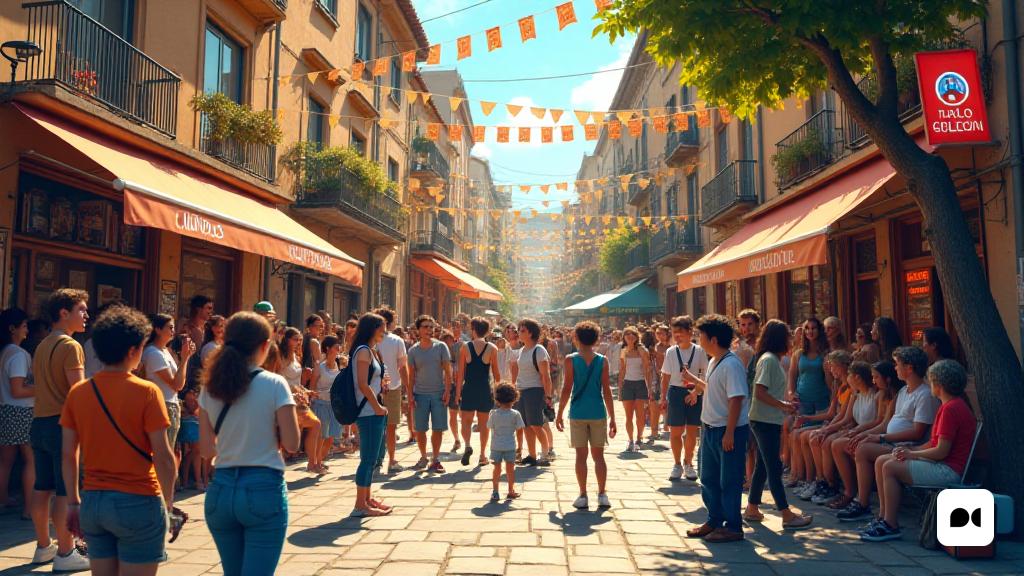L’esenari Cultural Cultural
According to the 2024 cultural participation survey, Catalan is positioned as the predominant language in the consumption of stage and radio shows. However, in other areas such as television, music and cinema, Spanish continues to dominate. The data show that 56% of the public enjoyed a show in Catalan, while 70% of radio listeners tune in to this language.
Linguistic inequalities in cultural consumption
Despite the strong presence of Catalan on shows and radio, its influence decreases significantly in other sectors. Only 5% of recently played video games were in Catalan, and book readings in this language represent 26%. In contrast, the data show that Spanish is the favorite language in most cultural fields.
TV and Audiovisuals: a territory predominated by Spanish
Television and digital platforms reveal a similar scenario, with 58% of the population claiming to have consumed content in Catalan, while 85% in Spanish. This trend is also reflected in the use of the Internet, where only 48% of users choose to use Catalan on a regular basis.
Catalan reading: a constant challenge
In relation to reading, Catalan experiences intense competition, as 60% of respondents read newspapers and magazines in this language, compared to 71% and 80% in Spanish. As for books, only 26% of readers have read them in Catalan, a figure that coincides with other studies that show a decrease in reading in this language.
Cinema and video: a minimum consumption level
The panorama is even more bleak for Catalan in cinema and video games. Only 26% of respondents have recently seen films in Catalan, while most have consumed Spanish content. In the case of video games, the situation is alarming, with 6% of players who played in Catalan, a reflection of the predominance of Anglo -Saxon content.
Music: A decadent presence
Music, both recorded and concerts, also shows a clear imbalance. About 40% of respondents listened to music in Catalan recently, compared to 74% in Spanish. At concerts, the trend is maintained, with 50% attending groups of groups that sing in Spanish.
Futuristic perspectives i conclusions
Despite the strength of Catalan in certain areas, the data has a significant challenge for consolidating in the cultural landscape. The current trend indicates that, for music radio and other media, it will be necessary to increase the presence of Catalan to fulfill the requirements and guarantee linguistic diversity in culture. The future of Catalan in culture seems to depend on a collective effort to enhance its presence in all areas.

